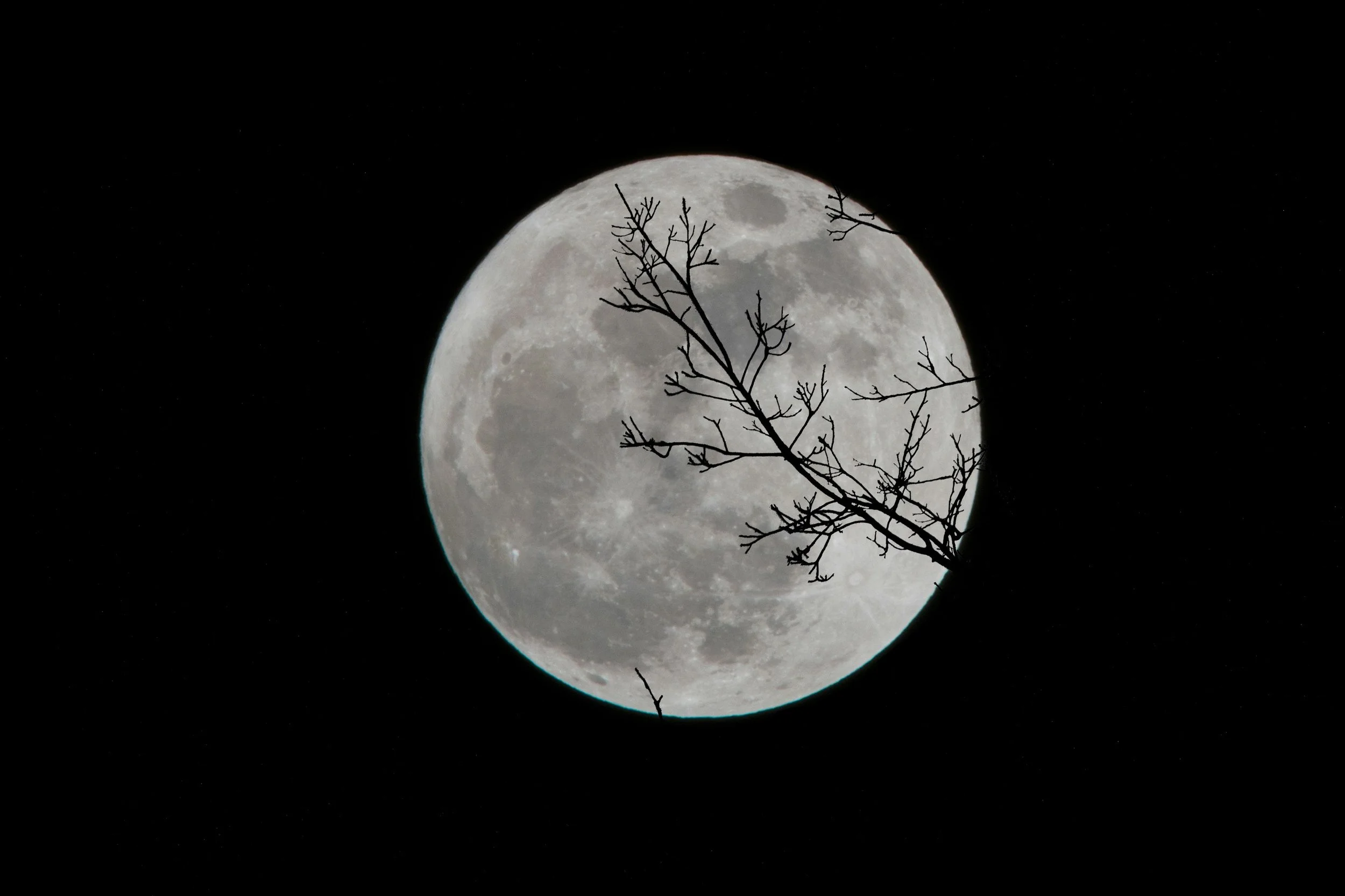The Renaissance of the Horror Movie
Written by: Leah Oake
Photo by Jan Jakub Nanista on Unsplash
Horror movies have become a cultural phenomenon. When the autumn season rolls around, it is ingrained in Western society that people consume all things spooky, from Scream to Nightmare on Elm Street. Halloween and horror movies are closely intertwined, a relationship that has been ongoing since the late 1970s and early 1980s, when easy-to-make slasher films gained prevalence. Halloween, directed by John Carpenter, was one of the first films from that era to create that bond. While those movies have all become cult classics today, they also played a significant role in the genre's evolution. Movies began to simplify their plots and themes to connect with audiences on a superficial level. Horror movies have been consistently seen as silly and non-serious despite the intense workload that goes into producing them. Horror movies have undergone a renaissance in the last couple of years. This is because movies from the horror genre are now being compared to critically acclaimed films (drama, comedy, etc) on the same scale, thanks to the efforts of directors like Jordan Peele, Robert Eggers, and, more recently, Ryan Coogler. These directors are among the few to initiate this revolution in film, reworking the genre from a dumbed-down version of media to an insightful, mind-bending, and thematic sequence.
Jordan Peele is an incredible director of three horror films: Get Out, Us, and Nope. All three of these movies performed exceptionally well with audiences and critics. Jordan Peele started in the comedy scene and moved up to the realm of horror media gradually. His debut film, Get Out, was a commercial and critical success. It was also his first moment breaking out of the comedic lens he had been saturated in. He gained fame from the sketch comedy show “Key and Peele,” which relied on Peele’s comedic ideas to execute hilarious skits. The difference that Peele brought was that his horror movies all dealt with a unique perspective on the “big bad.” Peele’s “big bads” differ from other examples in the horror genre because he focuses on the narrative and less on an actual character that can be a personified big bad. He blended his influences of Quentin Tarantino and Alfred Hitchcock to create a distinctive blend of dramatic and horror themes, resulting in a new and unique style. The big bad in storytelling is the overarching antagonist of a plot, around which all of the conflict is centred. He diverted his films away from the stereotypical gore and towards a mentally stimulating challenge for his characters and readers. His films explore symbols like the galloping horse and the alien in Nope. His films directly examine these sorts of symbols because they act as personified representations of their meanings. For example, the rabbit from Us is a physical representation of suppression and marginalization. This attention to detail makes the film impactful and is the element that draws in critics. Jordan Peele is one director who has significantly influenced the general public's shift in perspective on the genre.
Robert Eggers is a filmmaker who specializes in historical horror. The Northman, Nosferatu, and The Lighthouse are just a few of his horror films that broke boundaries and reshaped the genre. He meticulously blends gore with theme in a way that transcends everyday horror, moving the film(s) into new territory. He not only highlights historical settings, but he also has a cast of strong actors, including Willem Dafoe and Robert Pattinson, in The Lighthouse. The Lighthouse is shot in black and white, relying solely on symbolism and setting to convey its narrative. Eggers' focus on these elements, rather than the actual horror element (whether that be a physically scary antagonist or a spine-chilling plot), makes the movie a perfect horror film. He uses the genre as an extra element to his plot. He is writing a movie that is simply elevated by his additions of horror, not solely driven by it. Eggers' drive for storytelling and world-building is precisely why he is a staple in the horror genre revolution.
Finally, I wanted to touch on Ryan Coogler. Coogler recently gained some popularity through his debut horror film Sinners. The cast of his movie was stacked with well-known faces, including Michael B. Jordan, Hailee Steinfeld, Wunmi Mosaku, and breakout star Miles Canton. Coogler took a chance on Canton and chose him as the star; both of them were embarking on new journeys. Coogler’s approach to this vampire movie was unlike anything that had been done before. He draws on aspects of Black culture to cultivate and shape his film. With the foundation in place, he uses music as a point to elevate the movie as a whole. As the movie progresses, it is no longer about generic vampires; it is about the erasure of minority groups. Themes like this one are not found in many other horror films, such as Scream or Friday the 13th.
These three directors are just a few of the pivotal figures actively working to change the perception of the horror genre. The goal is for the genre to be treated like any other and receive praise and acknowledgement for its function and use. Each of these directors fills their films with meaning, symbolism, and strong themes, allowing them to convey a clear message. Horror is merely the vessel that they use to show the world their tenor. Horror movies are no longer just about a masked slasher; they are now a means for culture, history, and morality to be portrayed.



